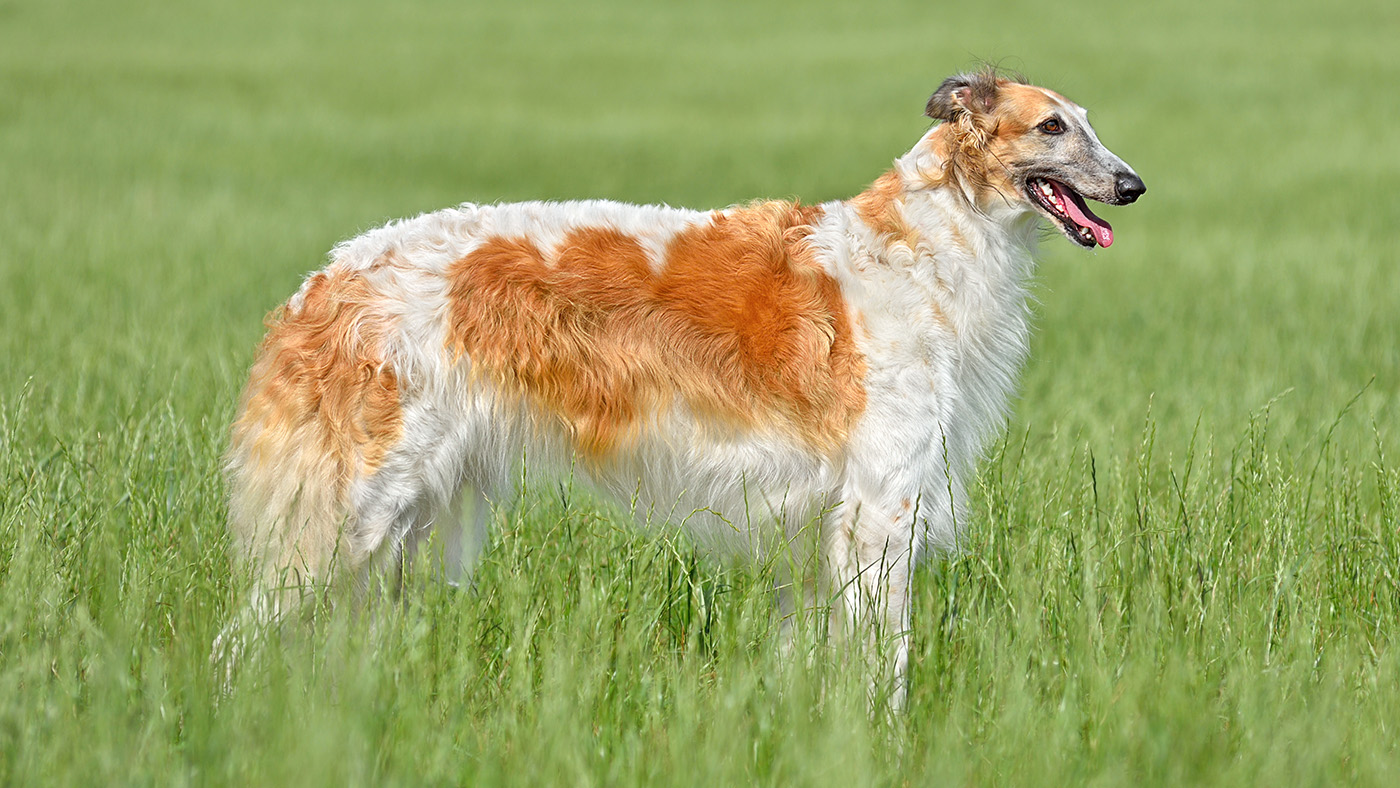Want a well behaved and obedient dog? Trainer shares four steps to set your pup up for success
Teach your dog what's expected of them with this trainer's simple four step process

If you're struggling to get your dog to listen to you and behave in the ways you want them to, rest assured, you're not alone. While having a fur friend as part of the family has no doubt brought a ton of extra joy into your life, there's no denying how challenging training them can feel at times.
While the best dog treats can be really helpful when it comes to interrupting and stopping problem behavior, Piper Novick, owner and head trainer at Happy Dogs Training NC, says the secret to getting your dog to be obedient and well behaved lies in pairing treats with a positive interrupter cue.
In a post shared to Instagram, Novick walks us through the four-step process she uses to get the best out of the dogs she trains. You can check out the post in full below or keep reading for a summary of the main points.
A post shared by Happy Dogs Training (@happydogstrainingnc)
A photo posted by on
When it comes to what exactly a positive interrupter cue is, Novick describes it as follows: "A positive interrupter cue is taught using positive reinforcement by creating a conditioned response in the dog, and can be used to interrupt unwanted behavior."
In her post, Novick uses the example of a dog barking at the window and their owner issuing the positive interrupter cue 'enough'.
Once you've chosen the word you want to use when your dog displays an unwanted behavior, Novick says you can then proceed through her four-step process.
1) Train your dog to the cue
"Give the cue immediately followed by a treat," explains Novick. "Repeat this until your dog responds to the cue by looking for the treat. Increase the distance from your dog and give the cue from different locations."
PetsRadar Newsletter
Get the best advice, tips and top tech for your beloved Pets
2) Practice the cue
"Start easy. Distract your dog with a toy then try calling them away from it for the treat. Slowly increase the difficulty of the distraction and practice with your dog for multiple sessions using treats each time."
3) Apply the cue
"Apply the cue to real life situations to interrupt behaviors you dislike and distract your dog. Reward your dog every time you use the cue and they stop to focus on you. If they do not stop, go closer to them and try again or go back to the previous steps and train more," Novick advises.
4) Redirect your dog
"The positive interrupter got your dog to stop the unwanted behavior they were engaging in, now you have to tell them what to do. Train your dog to lay calmly on the floor or bed, give your dog a bone or likeable toy to keep them busy, put your dog in a crate or another room to stop them from continuing. Do not allow your dog to re-engage in the unwanted behavior."
As with any new training programme, teaching your dog healthy habits takes time, patience and consistency. If you're not seeing the progress you'd like after several months, we recommend reaching out to a professional trainer for some 1:1 support.
For more great training tips, check out our guides to how to crate train a dog and how to reduce separation anxiety in dogs.

Kathryn is a freelance writer who has been a member of the PetsRadar family since it launched in 2020. Highly experienced in her field, she's driven by a desire to provide pet parents with accurate, timely, and informative content that enables them to provide their fur friends with everything they need to thrive. Kathryn works closely with vets and trainers to ensure all articles offer the most up-to-date information across a range of pet-related fields, from insights into health and behavior issues to tips on products and training. When she’s not busy crafting the perfect sentence for her features, buying guides and news pieces, she can be found hanging out with her family (which includes one super sassy cat), drinking copious amounts of Jasmine tea and reading all the books.
